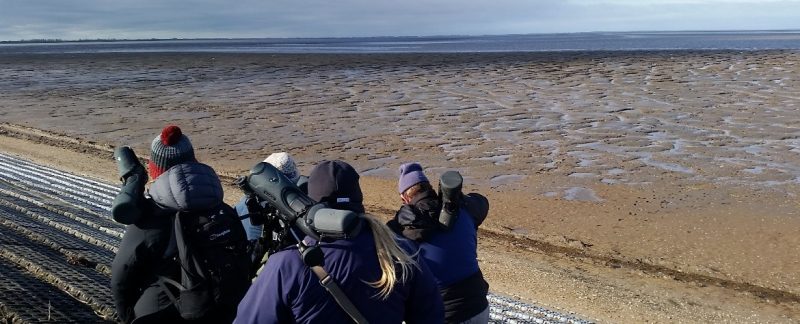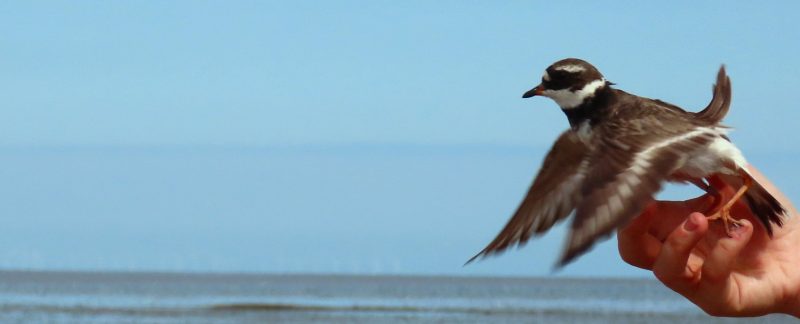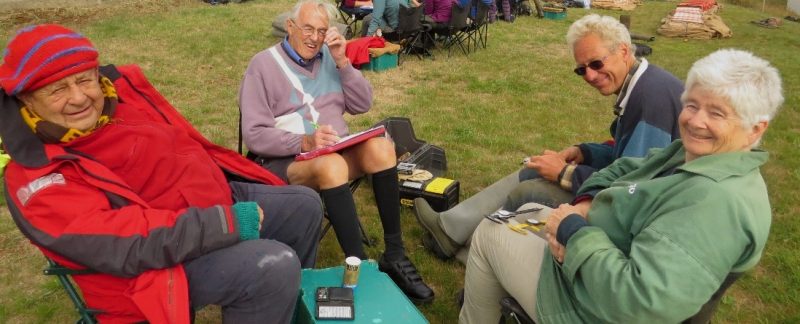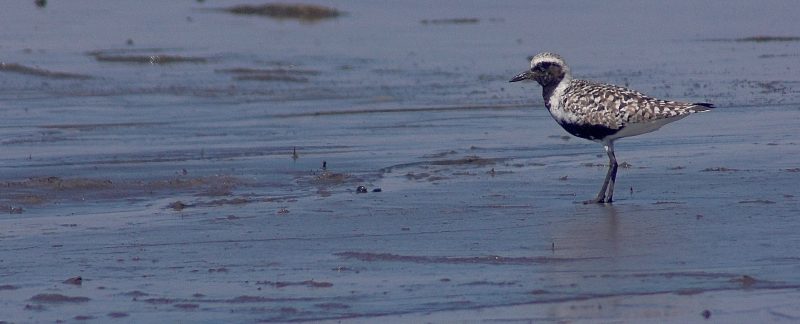Once everyone had assembled on Friday evening (and after a delicious dinner – thanks Ron!), Gary and Lou led the Wash Wader weekend and gave the briefing, making sure to ask everyone to wash their hands regularly with the growing Covid-19 situation. They explained that the aim would be to cannon net a small number of Turnstone on Heacham North North which had been seen during the recce that they had done with Cathy that morning. They’d also seen large flocks of Oystercatchers however as they have been targeted previously, it was decided that the priority would be to colour ring Turnstone. The trailer was packed the night before and the team set their alarms for 04:15.
Continue Reading →




